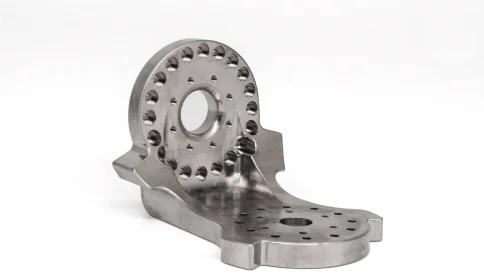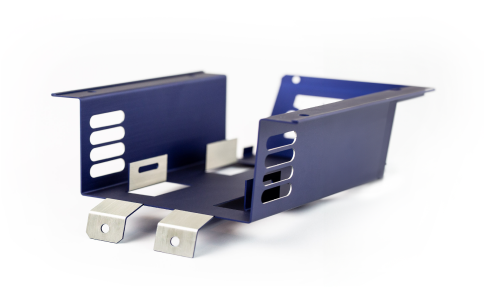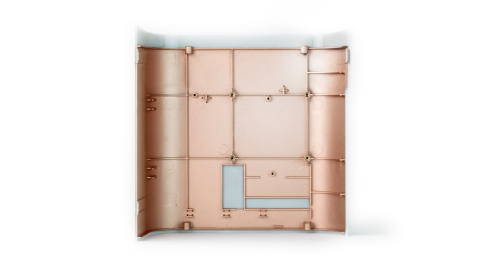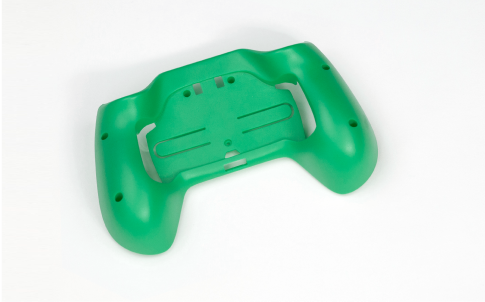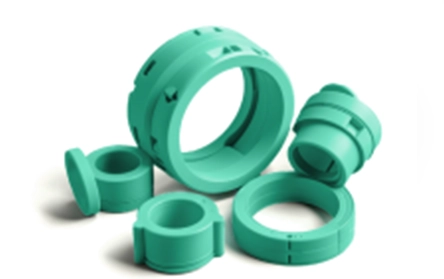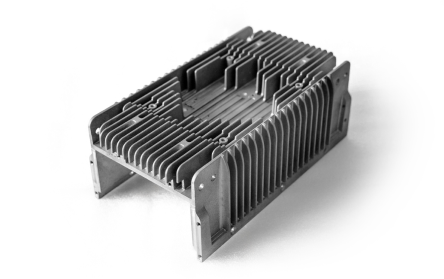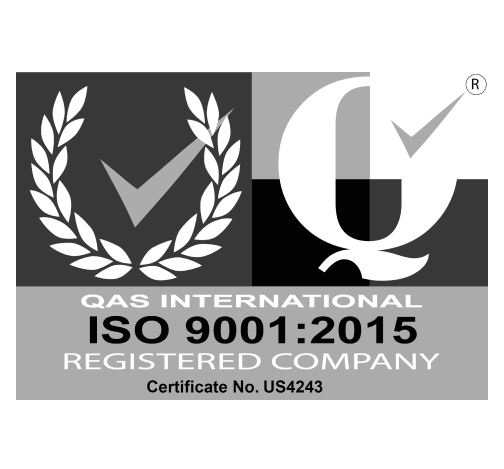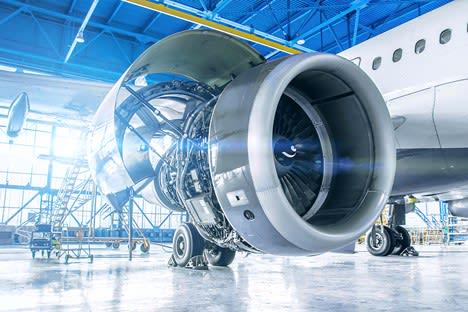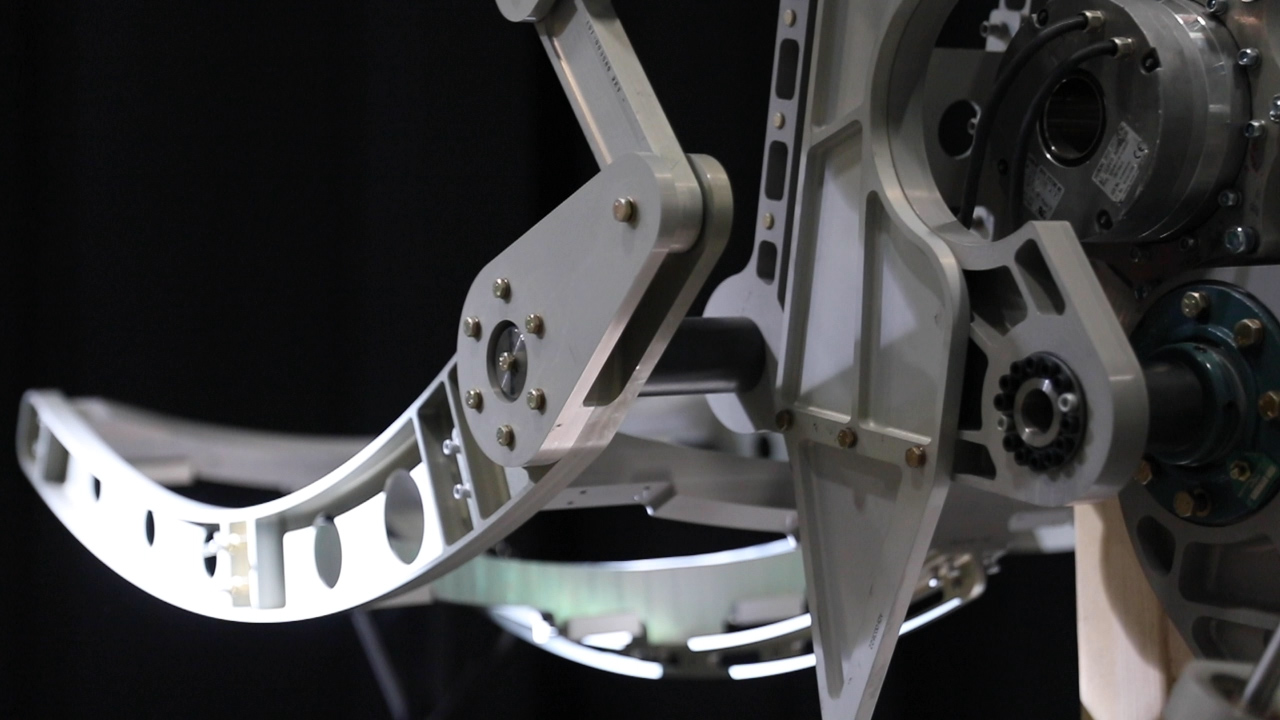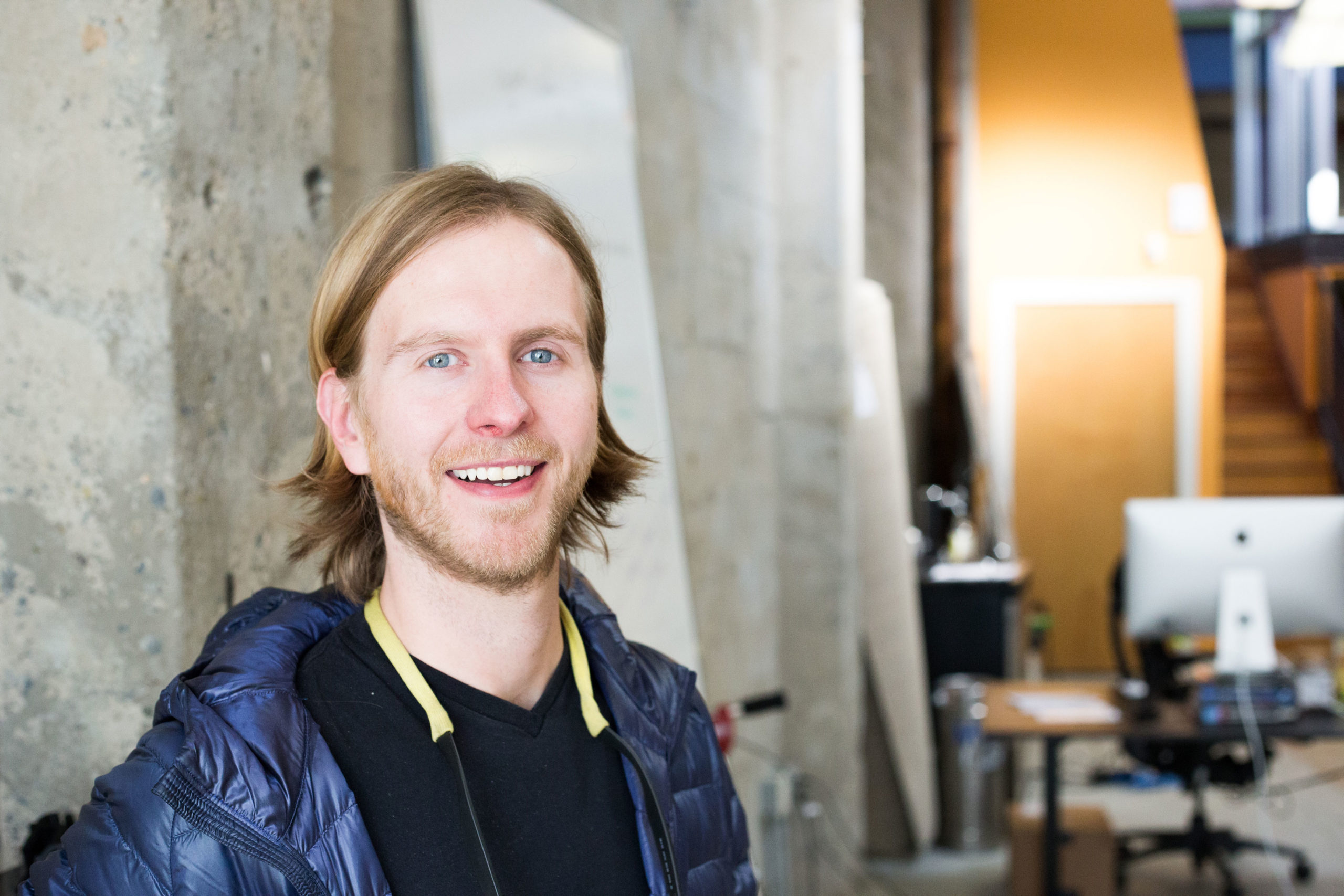Abhishek Das is a Fictiv Customer Program Manager with over 7 years experience in aerospace design and manufacturing and Samson Olanrewaju is a Fictiv Technical Applications Engineer with over 10 years of aerospace engineering experience.
Here are their top tips:
- Fundamental Principles:
- Understand the basics and fundamental principles behind aerospace engineering, including aerodynamics, fluid mechanics, materials science, and propulsion systems.
- Material Research and Testing:
- Focus on learning about the materials you are using. Research them and test them out.
- Understand the finishing processes and why you should choose one over the other.
- Software Proficiency
- Gain proficiency in industry-standard software like ANSYS, MATLAB, SolidWorks, etc.
- Understand how to leverage these tools to your advantage.
- Don’t overlook surface modeling as it can be a powerful tool in your engineering arsenal.
- Computational Fluid Dynamics (CFD):
- Develop a great understanding of CFD, as it can reduce design iterations.
- Design for Manufacturability:
- Consider manufacturability when designing any part.
- When setting up a model tree in CAD, keep the process flow in mind.
- Stay updated with current manufacturing technology improvements.
- Hands-on Manufacturing Experience:
- If you have access to a machine shop, try manufacturing processes yourself.
- Geometric Dimensioning and Tolerancing (GD&T):
- Learn to master geometric tolerances early on; this prevents excessive use of direct limit tolerances.
- Consider tolerance stack-up early in assembly design.
- Prototyping:
- Utilize 3D printing for prototyping CNC machined parts.
- Gain as much hands-on experience with prototyping as possible.
- Poka-Yoke Principle:
- Apply the poka-yoke principle when designing fixtures/jigs, theorizing about manufacturability, and determining how to assemble parts.







